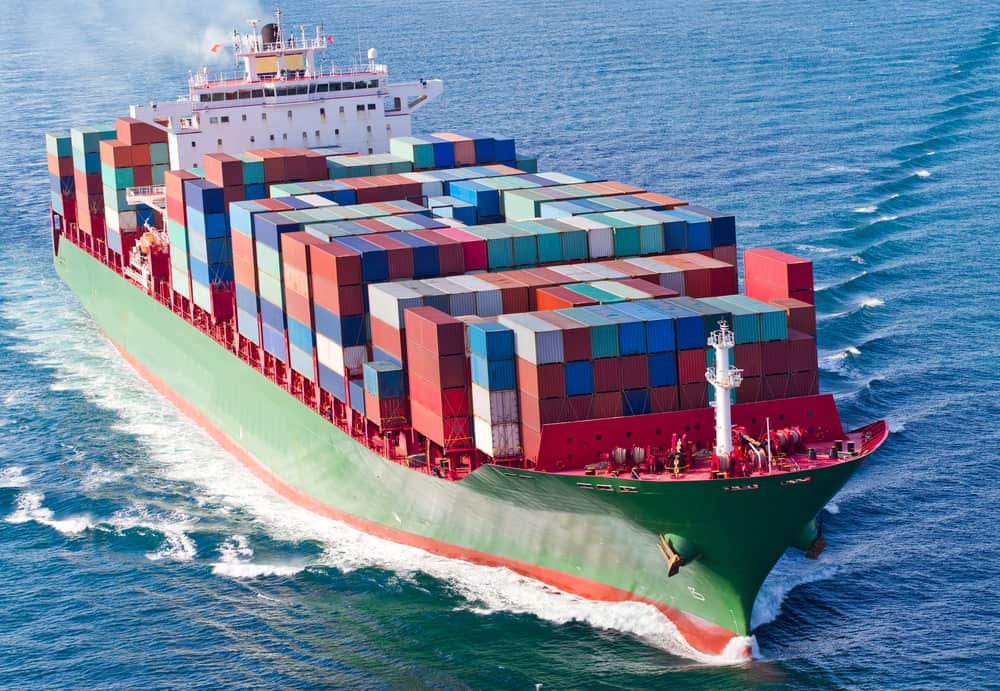Sea freight, also known as ocean freight, is a vital component of global trade and plays a crucial role in connecting businesses and consumers across the world. In this article, we will delve into the intricacies of sea freight, exploring its processes, key players, and the factors that influence its operation.
- The Basics of Sea Freight:
Sea freight involves the transportation of goods via cargo ships, which navigate the vast oceans and seas. It is a cost-effective and efficient mode of transport for bulky, heavy, or non-perishable goods that are not time-sensitive. Unlike air freight, sea freight offers larger cargo capacity and lower shipping costs, making it a preferred choice for many businesses. - Understanding the Sea Freight Process:
a. Booking and Documentation:
The sea freight process begins with the shipper booking space on a vessel and providing the necessary documentation, including a bill of lading, commercial invoice, and packing list. These documents serve as proof of ownership, describe the goods being shipped, and provide details for customs clearance.
b. Cargo Consolidation and Containerization:
Once the cargo is ready for shipment, it is often consolidated with other shipments to optimize container space utilization. This process, known as cargo consolidation, helps reduce costs and maximize efficiency. The goods are then loaded into containers, which are sealed and transported to the port.
c. Port Operations and Customs Clearance:
At the port of origin, the containers are unloaded from trucks and transferred to the port terminal. Here, customs officials inspect the cargo, verify the documentation, and ensure compliance with import/export regulations. Once cleared, the containers are loaded onto the designated vessel.
d. Voyage and Transit Time:
The cargo-laden vessel embarks on its journey across the seas, following predetermined shipping routes. The transit time varies depending on factors such as the distance, weather conditions, and the number of stops along the way. During the voyage, the shipping line provides regular updates on the cargo's status.
e. Port of Destination and Delivery:
Upon arrival at the port of destination, the containers are unloaded from the vessel and transferred to the port terminal. Customs clearance procedures are repeated, and the cargo is then loaded onto trucks or trains for transportation to its final destination. Delivery times may vary depending on the distance and local logistics infrastructure.
- Key Players in Sea Freight:
a. Freight Forwarders:
Freight forwarders act as intermediaries between shippers and carriers, coordinating the entire sea freight process. They handle documentation, cargo consolidation, customs clearance, and provide valuable logistics expertise.
b. Shipping Lines:
Shipping lines own and operate the vessels that transport the cargo. They offer various services, such as full container load (FCL) and less than container load (LCL), catering to different shipment sizes and requirements.
c. Port Authorities and Terminal Operators:
Port authorities manage the overall operations of the port, including vessel berthing, cargo handling, and customs clearance. Terminal operators handle the physical movement of containers within the port.
- Factors Influencing Sea Freight:
a. Freight Rates and Market Conditions:
Freight rates fluctuate based on factors such as fuel prices, demand-supply dynamics, and global economic conditions. Understanding market trends helps businesses optimize their shipping costs.
b. Containerization and Packaging:
Efficient containerization and proper packaging are crucial to ensure cargo safety and optimize space utilization. Utilizing standardized containers and securing the cargo adequately minimizes the risk of damage during transit.
c. Customs Regulations and Trade Compliance:
Compliance with import/export regulations and customs requirements is essential to avoid delays and penalties. Staying updated with trade regulations helps businesses navigate the complexities of international trade.
Conclusion:
Sea freight is a complex and dynamic process that enables the global movement of goods. Understanding how sea freight works empowers businesses to make informed decisions, optimize their supply chains, and expand their reach in the global marketplace. By leveraging the expertise of freight forwarders, shipping lines, and port authorities, businesses can navigate the intricacies of sea freight and unlock new opportunities for growth and success.



